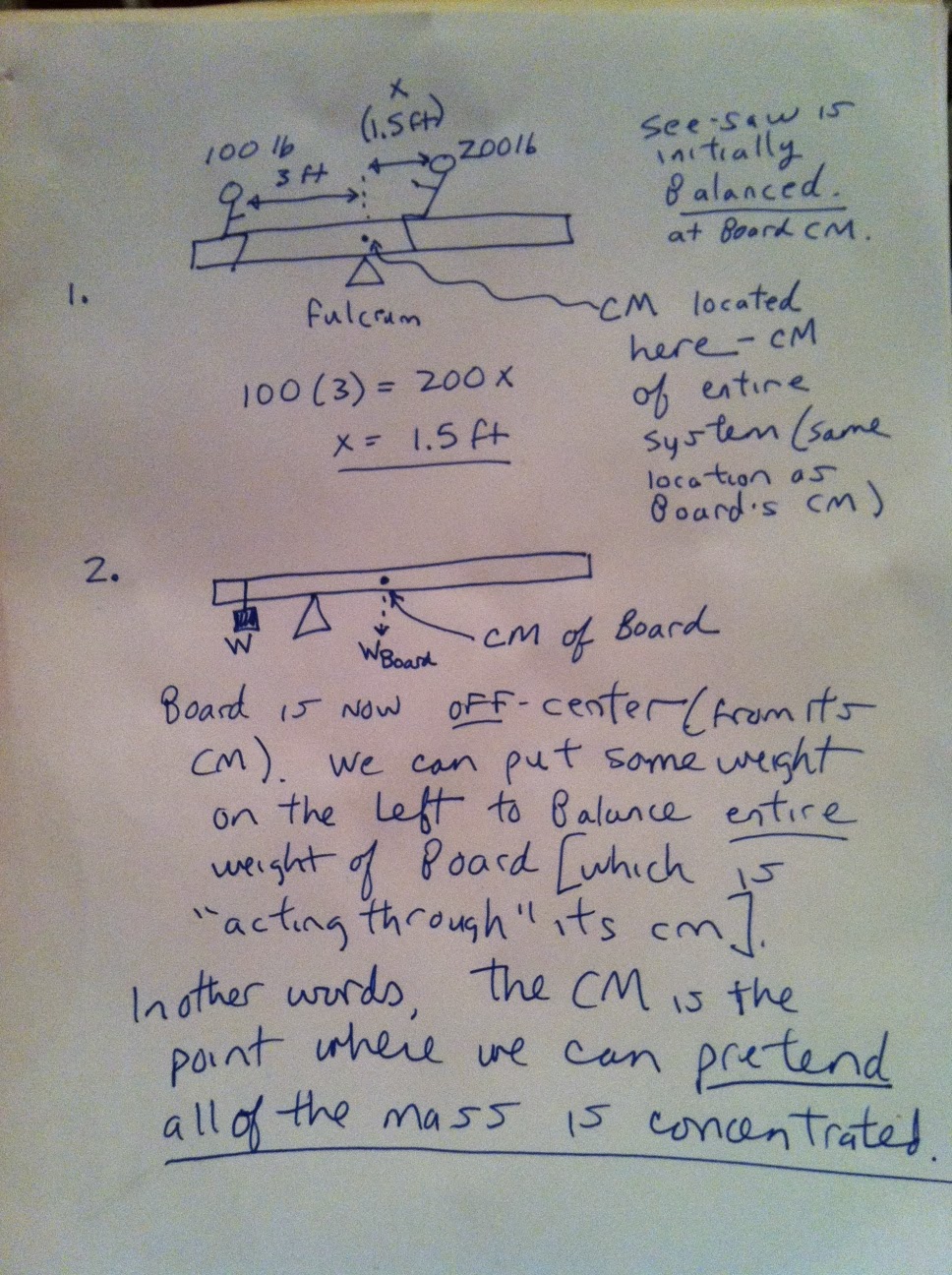First, the applets:
http://www.physics.sjsu.edu/tomley/kepler.html
http://www.physics.sjsu.edu/tomley/Kepler12.html
for Kepler's laws, primarily the 2nd law
http://www.astro.utoronto.ca/~zhu/ast210/geocentric.html
for our discussion on geocentrism and how retrograde motion appears within this conceptual framework
Cool:
http://galileo.phys.virginia.edu/classes/109N/more_stuff/flashlets/kepler6.htm
http://physics.unl.edu/~klee/applets/moonphase/moonphase.html
>
Now, the notes.
Johannes Kepler, 1571-1630
Kepler's laws of planetary motion - of course, these apply equally well to all orbiting bodies
1. Planets take elliptical orbits, with the Sun at one focus. (If we were talking about satellites, the central gravitating body, such as the Earth, would be at one focus.) Nothing is at the other focus. Recall that a circle is the special case of the ellipse, wherein the two focal points are coincident. Some bodies, such as the Moon, take nearly circular orbits - that is, the eccentricity is very small.
2. The Area Law. Planets "sweep out" equal areas in equal times. See the applets for pictorial clarification. This means that in any 30 day period, a planet will sweep out a sector of space - the area of this sector is the same, regardless of the 30 day period. A major result of this is that the planet travels fastest when near the Sun.
3. The Harmonic Law. Consider the semi-major axis of a planet's orbit around the Sun - that's half the longest diameter of its orbit. This distance (a) is proportional to the amount of time to go around the Sun in a very peculiar fashion:
a^3 = T^2
That is to say, the semi-major axis CUBED (to the third power) is equal to the period (time) SQUARED. This assumes that we choose convenient units:
- the unit of a is the Astronomical Unit (AU), equal to the semi-major axis of Earth's orbit (approximately the average distance between Earth and Sun). This is around 150 million km or around 93 million miles
- the unit of time is the (Earth) year
e.g. Consider an asteroid with a semi-major axis of orbit of 4 AU. We can quickly calculate that its period of orbit is 8 years (since 4 cubed equals 8 squared).
Likewise for Pluto: a = 40 AU. T works out to be around 250 years.
>
Newton's take on this was quite different. For him, Kepler's laws were a manifestation of the bigger "truth" of universal gravitation. That is:
All bodies have gravity unto them. Not just the Earth and Sun and planets, but ALL bodies (including YOU). Of course, the gravity for all of these is not equal. Far from it. The force of gravity can be summarized in an equation:
F = G m1 m2 / d^2
or.... the force of gravitation is equal to a constant ("big G") times the product of the masses, divided by the distance between them (between their centers, to be precise) squared.
Big G = 6.67 x 10^-11, which is a tiny number - therefore, you need BIG masses to see appreciable gravitational forces.
This is an INVERSE SQUARE law, meaning that:
- if the distance between the bodies is doubled, the force becomes 1/4 of its original value
- if the distance is tripled, the force becomes 1/9 the original amount
- etc.
Weight
Weight is a result of local gravitation. Since F = G m1 m2 / d^2, and the force of gravity (weight) is equal to m g, we can come up with a simple expression for local gravity (g):
g = G m(planet) / d^2
Likewise, this is an inverse square law. The further you are from the surface of the Earth, the weaker the gravitational acceleration. With normal altitudes, the value for g goes down only slightly, but it's enough for the air to become thinner (and for you to notice it immediately!).
Note that d is the distance from the CENTER of the Earth - this is the Earth's radius, if you're standing on the surface.
If you were above the surface of the earth an amount equal to the radius of the Earth, thereby doubling your distance from the center of the Earth, the value of g would be 1/4 of 9.8 m/s/s. If you were 2 Earth radii above the surface, the value of g would be 1/9 of 9.8 m/s/s.
The value of g also depends on the mass of the planet. The Moon is 1/4 the diameter of the Earth and about 1/81 its mass. You can check this but, this gives the Moon a g value of around 1.7 m/s/s. For Jupiter, it's around 2.5 m/s/s.





